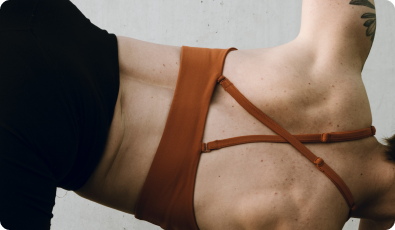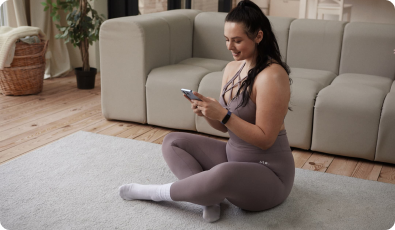A study in The Lancet found that people who were exposed to the most light between 12:30 AM and 6 AM were 1.5 times more likely to develop diabetes than those who remained in darkness during that timeframe.
The study builds on growing evidence linking nighttime light exposure to type 2 diabetes risk. But unlike previous large studies that relied on satellite data of outdoor light levels (an indirect measure of light exposure), the recent study looked at personal light exposure — that is, light measured directly on individuals — as recorded by a wrist-worn sensor.
"Those previous studies likely underestimated the effect," said study author Andrew Phillips, PhD, professor of sleep health at Flinders University in Adelaide, Australia, "since they did not capture indoor light environments."




















